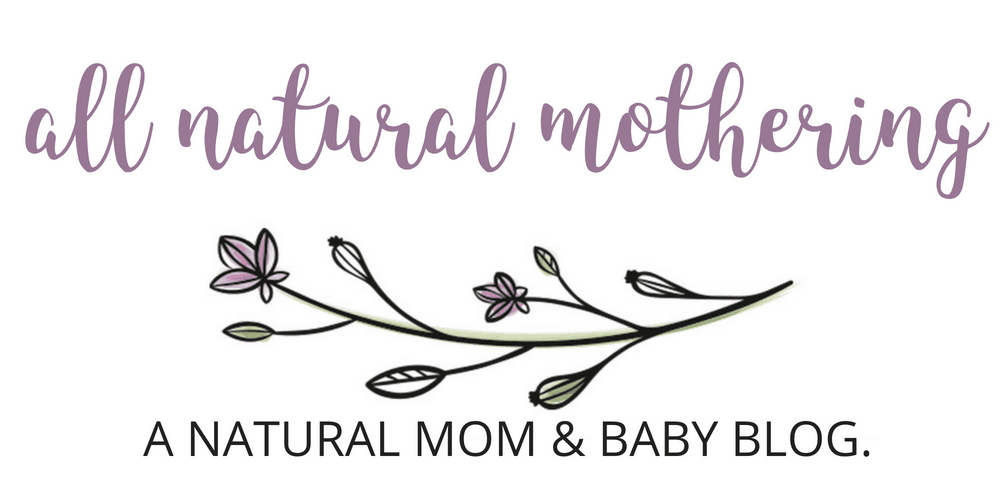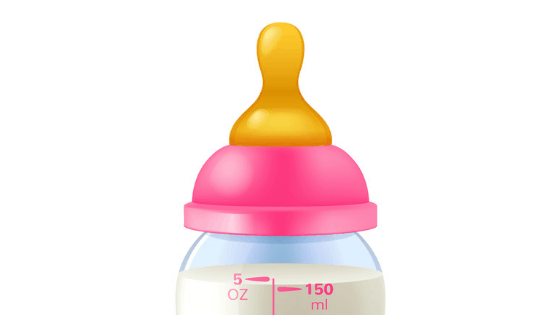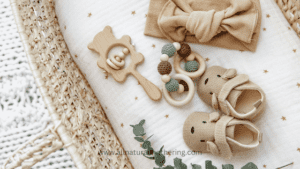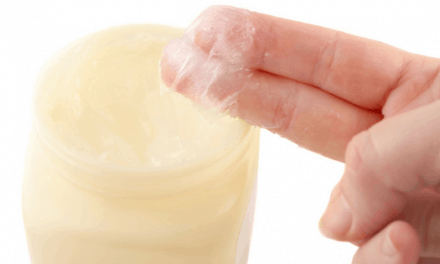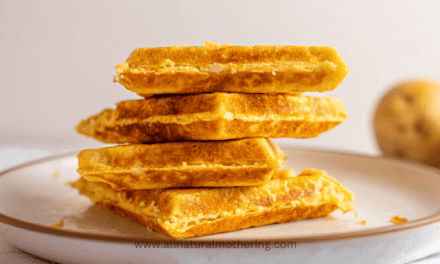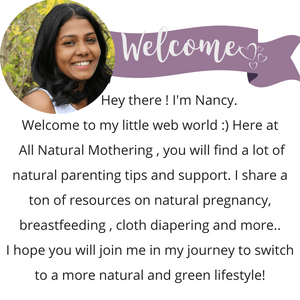As a first time mom, I was awfully unprepared for all that breastfeeding has to throw at me. That is partly one of the reason why I started this blog, to save my fellow mom friends some frustration (that and as a mental outlet).
Don?t even ask me how I switched my son from breasts to taking a bottle. That was another whole episode of challenges. From choosing the right bottle that would please him to finding the right nipple flow size was very overwhelming than I ever imagined it to be.
If someone had told me that I have to try five different bottles before we could find the ?one,? I would have laughed. Unfortunately, that was the reality.
I didn?t even know that nipple size flow was a thing until I stood clueless in the bottle section of Toys R Us.
Preemie, Extra small, Anti Colic? Natural Flow? Y cut? What the heck is all this? And, how do I know which one to choose and when?
If you have been googling all day about which nipple flow size to choose or when to transition to the next flow size, relax and read this post. If you still have any more questions, feel free to comment below, and I will try my best to help you.
I am not going to promise you that at the end of this post, you will know which nipple size will work for your baby. If I did, I would be lying. Honestly, It is more of guesswork, but what you will know is how to make an educated guess (and hopefully not be frustrated by the whole process).
What is Nipple Flow Size & Why Is It A Big Deal?
If you take a close look at the tip of the bottle nipple, you can see that there are tiny holes through which your baby sucks the milk out of the bottle.
The number of holes in the nipple (or the shape of it) will determine the flow size of the nipple. There is a reason why there are a variety of nipple flow sizes and designs in the market, that’s because no one baby is the same and what works for one may not work for another.
How and When to Switch Nipple Flow Size?
There are so many factors that determine which nipple flow will best suit your baby. What works for your baby in the newborn stage may not work when they are older. Also, breastfed and formula fed babies have different needs that would require different nipple sizes.
Nipple Size and Baby Age:
Mostly all the brands have different nipple flow sizes based on the babies age. Most have them start with the slowest flow for 0-3 months, and the flow size increases every three months. Some brands even offer a Y cut nipple flow for babies older than nine months to drink thicker liquids like smoothie or milk mixed with cereal.
If you think that you will pick the right nipple size according to the age of your baby, then I’m sorry to say that it’s not as easy as it sounds.
The age of the baby is NOT the only thing that matters. As I said earlier, breastfed babies have different needs than formula fed babies, which I will discuss below.
Nipple Flow Size for Breastfed Babies:
Breastfed babies are very picky when it comes to choosing a bottle and a nipple. Consider yourself lucky if your baby took a bottle without a fight.
If your baby has been exclusively breastfed and you are introducing a bottle for the first time, then be careful to choose a bottle ( and a nipple) that will avoid any nipple confusion.
A baby has to work to get the milk out of the breasts. Bottle feeding is easy for breastfed babies; they might get so accustomed to a bottle that they might even reject your boob.
My two cents while choosing the nipple for your baby is to get one that is designed for breastfed babies. We went with this, and it was the only one that my son took.
When it comes to choosing the right nipple flow size, start with the slowest flow and work your way up. Breastmilk is thinner than formula, and will easily flow through the ‘slow’ nipple size. Many moms never transition to the next nipple flow size, because the baby was happy with the slow flow.
Here are some of the best Slow-Flow nipple size that might work for breastfed babies:
1. Avent Natural
2.Comotomo
Nipple Flow Size for Formula Fed Babies:
If you are planning to formula feed exclusively, right from birth, then start with the slowest nipple flow size. Many formula fed babies tend to get gassy, so it is better to choose a bottle that is anti-colic. This is the best anti-colic bottle and moms swear by it.
If you are introducing formula to an older baby, then look at the nipple flow chart to start with the size that is recommended for the age.
Signs to Switch Nipple Flow Size:
Now that we know which size nipple to choose for breastfed and formula fed babies, but how do you know when you got the wrong nipple size. Don’t worry; your baby will tell you.
When the nipple size you currently use is too small, the baby will fuss about it. Your baby might be frustrated that they are not able to eat more. They might suck in vain, give up and be cranky.
If your baby is doing any of the things below, it might be a good idea to go up a size.
- Sucking too hard
- Flattening the nipple
- Getting frustrated by squirming, pushing the bottle away, or kicking
- Hitting the bottle
- Taking more than thirty minutes or an hour to feed
- Eating less than normal at feeding time and then being hungry again soon after
On the other hand, you might be using a flow that is too big for your baby. It is better to have a slower flow rather have a faster one. Especially for newborns and smaller babies, there is more risk in using a faster slow (they have less sucking power and might choke on too much milk). If you notice that your baby is very gassy ( and fussy) after the feed, then it might be because they took in air while feeding.
Always be cautious when you are switching to the next flow size and watch for these signs:
- Baby Choking on milk
- Gagging on milk
- Milk dribbling out of the mouth
- Struggling to keep up with the milk flow
- Gassy after the feeding session
- Finishing a bottle way too soon ( within 5 minutes)
Switch back to a smaller size flow if you notice these problems with your baby.
Let’s Wrap Up:
Who would have thought choosing the right nipple flow size would be such a daunting task. Phew! Hopefully, after reading through the post, you? have an idea on how to figure out the best nipple flow for your baby. If your baby is happy with the nipple size you are using, don’t bother changing the size. On the other hand, if your baby is frustrated or you see any of the signs above, then move on to the next size.
If you have any questions , feel free to post them below.
